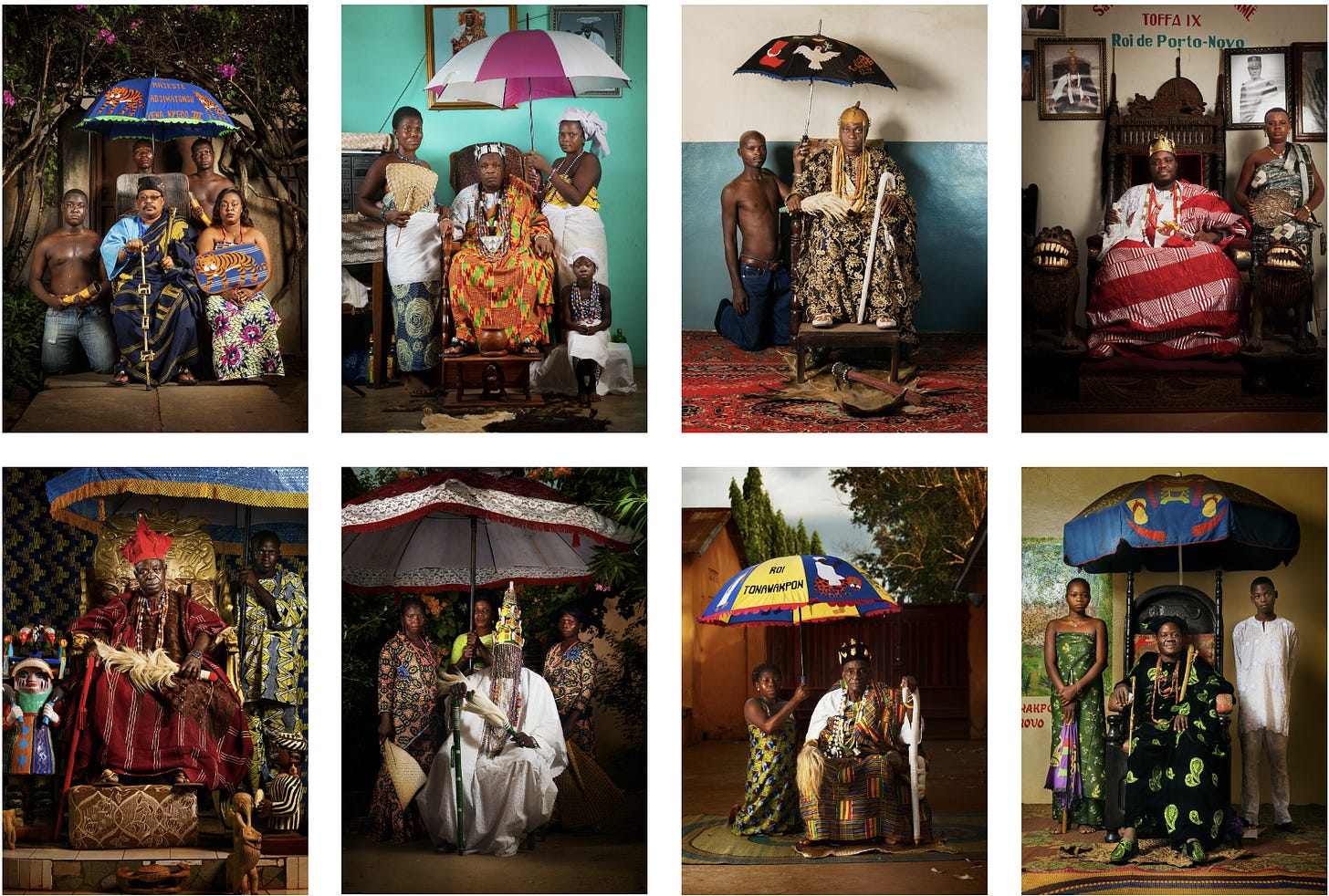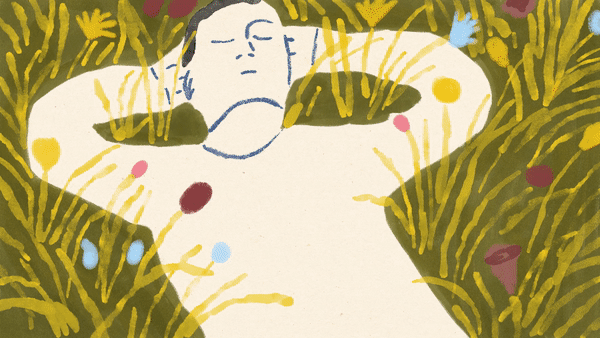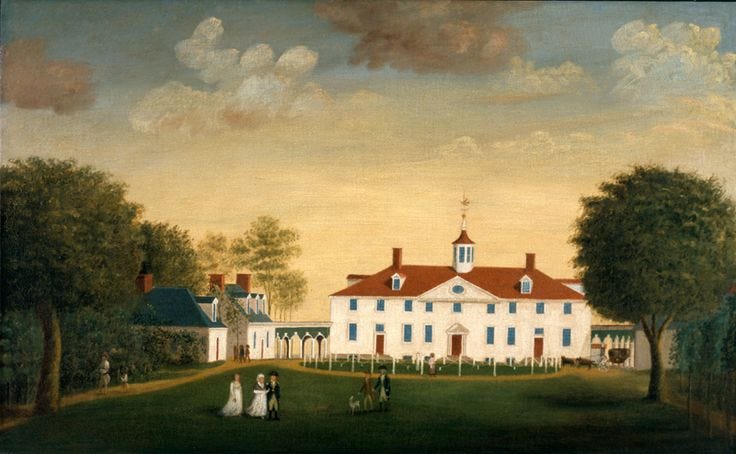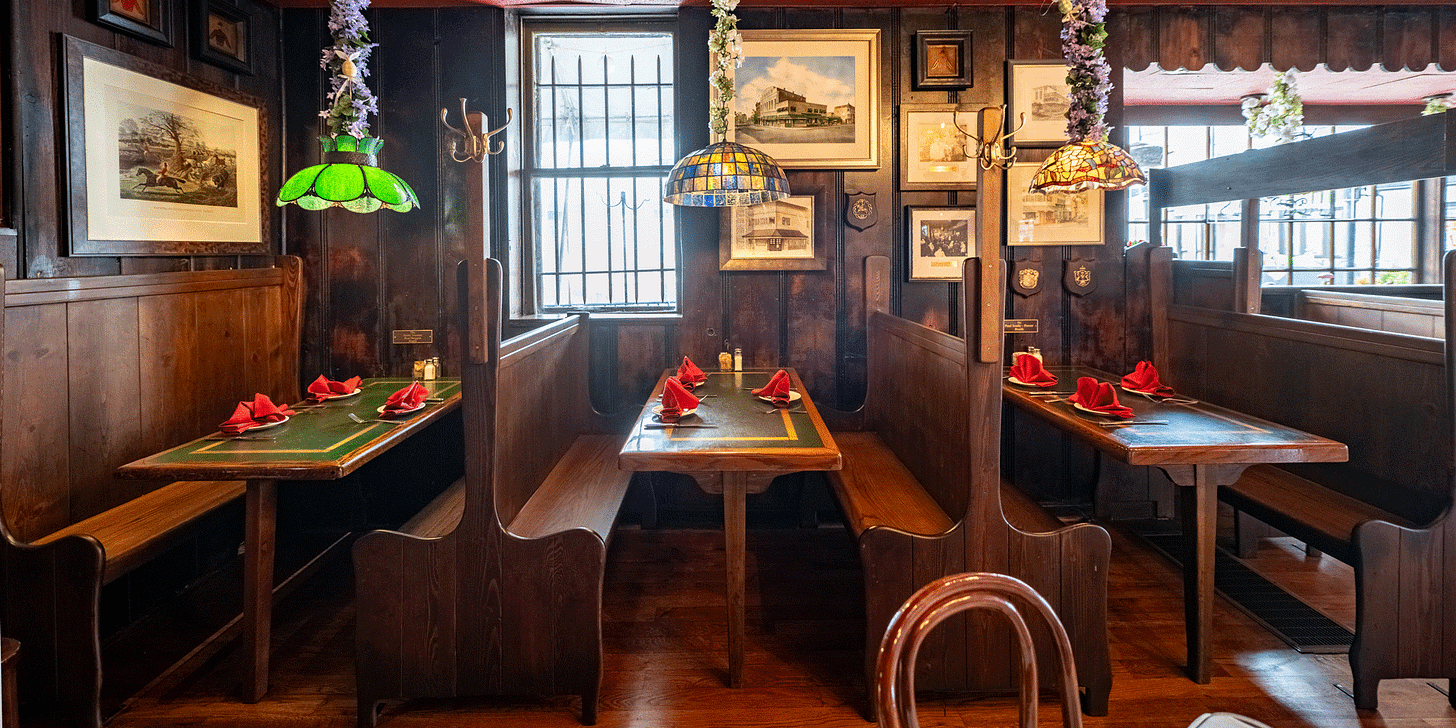A SENSE OF PLACE
How History, Memory, and Design Shape Our Identity - Lessons from Washington D.C.
What are the places you carry with you?
What makes them powerful?
Place is about geography, but a sense of place is something more—a living narrative made up of memory, culture, and imagination. People create places, even as places shape people. They are formed through struggle and resilience, by the histories we choose to preserve and those we struggle to confront.
As a designer, my work is about distilling places—understanding how a place holds meaning and how design can enrich that story. A well-designed space doesn’t just look good; it feels good. It connects. It lingers in memory. And most importantly, it cannot lie.
On a recent trip to Washington, D.C., I found myself immersed in the narratives of American history, culture, and design—reflecting on how we hold those ideals in space and what they reveal about us.
Science Art is a newsletter dedicated to uncovering the magic of interiors and the people who bring them to life. We demystify the complex methodology behind the image, craft thoughtful frameworks, and explore the intersection of brand, business, and taste.
How do you create a sense of place for a place that has never existed before?
Stepping onto the grounds of Mount Vernon, George Washington’s meticulously preserved estate, forces us to consider how places preserve history—and how they choose to tell it.
Thoughtful design must consider both what is remembered and what is left unsaid.
In the years after the war, the world had its eyes on not only on Washington but on Mount Vernon—more than a home it became a stage for power as it was a place respite. An embodiment of American leadership, order, and vision.
The choice of neoclassical elements—symmetry, proportion, and restraint—mirrored the Enlightenment values Washington admired, telling a story of intent. His meticulously designed garden reflected a belief in order and discipline—taming nature as a metaphor for mastering the unruly forces within oneself. Inside, the art and decor speak to his appreciation for European influences while also shaping an emerging American identity, blending refinement with pragmatism.
But Mount Vernon is also a place of contradictions. It was a home built on ambition, labor, and inequality. The land, cultivated by enslaved individuals, supported the aspirations of a man who fought for liberty. The house, both refined and practical, reflects the values of a leader who shaped the nation yet remained bound to its deepest hypocrisies.
Washington was deeply aware of the contradictions of his position. Though he benefited from an economy dependent on slavery, he also recognized its moral failing. Unlike many of his contemporaries, he took tangible steps—revising his views over time, ultimately choosing to free the enslaved individuals he owned in his will. While this did not undo the harm, it signaled an internal reckoning, a rare acknowledgment of hypocrisy within the very walls and landscapes he so carefully designed.

How do you hold truth in space?
In stark contrast to the classical white marble of Washington’s monumental core, the National Museum of African American History and Culture stands defiantly in bronze, paying homage to the intricate ironwork crafted by enslaved African American in Louisiana, South Carolina, and elsewhere. Its tiered silhouette inspired by Yoruba crowns from West Africa. It is a space of resilience, remembrance, and reclamation.
From the moment you step inside, the building itself guides your experience. You descend into the depths of history—through the horrors of slavery, the struggle for freedom, the weight of oppression. The architecture compresses, the lighting dims, the walls close in. Then, slowly, the space expands as you rise—through the Harlem Renaissance, the Civil Rights Movement, the boundless contributions of Black artists, leaders, and visionaries.
The most powerful moments come in the smallest details: a pair of worn shoes, a child’s toy, a handwritten letter. Ordinary objects, extraordinary in their context. Here, history isn’t distant—it is intimate. The museum is a masterclass in how space can be designed to shape emotional experience.
Spaces don’t just tell stories; they allow us to feel them. This museum proves that architecture, curation, and design can work together to create something more than a building—it becomes a vessel of truth we come from.
A Sense of Place That Works for Everyone
Martin Tavern may not be a landmark or an architectural marvel, but it’s a place that feels as much a part of Washington D.C. as the monuments and museums. The tavern has a casual, no-frills vibe that makes you feel right at home as soon as you walk in. The dark wood, dim lighting, and worn-in furniture create a comfortable, lived-in atmosphere, where every corner seems to hold the memory of a conversation or a shared drink. It’s the kind of place where you can tell the stories of the city are passed down over the years, not just through words but through the very walls and floors.
These are some of my favorite type of places. It’s the sort of tavern that’s less about the design and more about the experience. The place has a certain charm that comes from its authenticity—a reflection of the neighborhood it’s in and the people who’ve kept it going over time. There’s no over-the-top decoration or flashy trends here. Instead, there’s a steady, quiet pride in the way it’s been kept up, offering a reliable space where you can unwind, whether you’ve been coming for years or just dropped by for the first time.
While it’s rooted in the past, Martin Tavern is anything but stuck there. It’s always buzzing with energy, filled with conversations that range from casual to lively. It's the kind of spot where locals and newcomers meet, where politics, business, and the arts all somehow intersect. The tavern doesn’t try too hard to make a statement—it just lets people be themselves, creating the kind of community atmosphere that’s hard to find in the midst of a city like D.C.
The space itself is designed to feel natural, with worn-in details that give it character. The low lighting sets a relaxed tone, making it the kind of place where people linger, chat, and come together. It doesn’t need to impress with polished aesthetics because it’s built on something more valuable: the connection between people.
Martin Tavern isn’t trying to be something it’s not. Instead, it’s a spot that quietly reflects the spirit of the city—a mix of history, community, and real, unpolished life. In a city of constant change, it remains a steady anchor, offering a simple but genuine sense of belonging.
A sense of place can mean a lot of things, but ultimately it’s about crafting experiences that resonate deeply, places that hold meaning, and environments where people can connect with something larger than themselves.
It’s understanding that design is a tool that can enhance our humanity and help tell the stories of where we have been and shape where we are going.
So seek out these places. Let them challenge you, move you, and inspire you. Because when we engage with place—when we truly inhabit it—we come closer to understanding our own place in the world.







